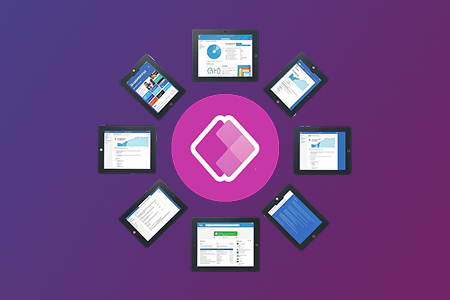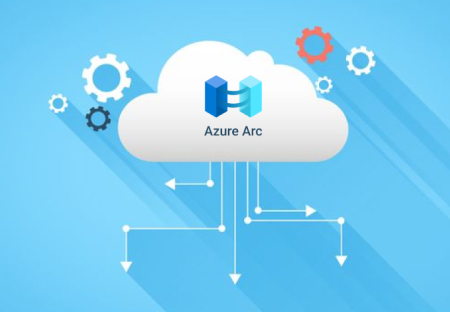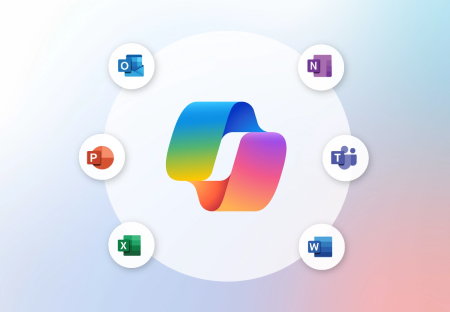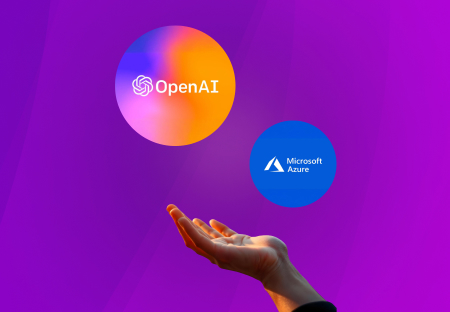According to the American banking giant Citibank, Metaverse Technology could easily become a $13 Trillion business sector by 2030. To materialize on such a lucrative opportunity, you do not have to be an expert developer. Additionally, utilizing low code and no code development can significantly aid in the creation of AR and VR solutions.
Here are a few methods through which you can develop such solutions without any coding. Furthermore, we will explore several no code and low code platforms that can assist you in building within the metaverse.
Current State of the Market for AR and VR
Citibank estimates metaverse to become a $13 Trillion business by 2030. The industry heavily relies on AR and VR technologies. Statista Estimates AR and VR market to reach $31 Billion by the end of 2023.
According to the same report, an annual growth rate of 13.72% can take the market to $52 Billion by 2027. The sector could see tremendous growth opportunities with significant developments around Metaverse, AR, and VR technologies from leading tech giants like Meta(Facebook), Disney, etc. These opportunities can be an excellent reason to start a business, even if you do not know how to code.
Convergence of Low Code and No Code with AR and VR
The development platforms have revolutionized how we build software applications. They allow anyone to create sophisticated applications with minimal coding, enabling businesses to create new experiences quickly and efficiently. With development, it’s easier for developers to create applications that can take full advantage of AR and VR technologies.
The technologies can benefit marketers, small business owners, professionals, management executives, etc., to create immersive presentations and infographics for their use.
Low Code and No Code Realities Platforms
These platforms enable you to create stunning graphics for your needs. Some of these platforms are beginner friendly and let you explore, experiment, and build with just a nominal fee.
1. PlugXR
PlugXR is one of the leading no-code Reality solutions. It offers an intuitive and straightforward drag-and-drop functionality to build. The solution also has publish-ready functionalities that will help you integrate your designed AR and VR solutions with other code or to deploy them independently.
The development completely takes place in your browser via WebAR, which enables you to develop, display, and even test your created projects without having to download any software.
Further, the development can occur on any computer without a specialized graphics card, display, or memory requirements. Users can get image, ground, location, face, and even object tracking, making the AR features in your project quite comprehensive.
2. Scapic
Scapic is an AR and VR development platform backed by Walmart. It focuses more on the visual quality of the solutions with stunning 3D visuals.
The platform is built to provide e-commerce solutions with 3D product visuals but can also be used to create metaverse assets that are very close to the 3D objects we use in our daily lives.
3. ZapWorks
It is a multi-scene AR and VR design platform that allows users to create AR with drag-and-drop features. The multi-scene features are best experienced with a scene-transition facility which is available. Core features of ZapWorks include 3D models, producing holographic video, AR photo gallery, analytics tool, etc.
Maintenance of Low Code and No Code Assisted AR/VR Solutions
Though creating these solutions might be an easy affair, maintaining them can be a challenging task. Some problems that might occur along or after development are:
1. Limitations in Customization
Codeless platforms cannot offer the levels of customization that their coded counterparts do. However, not every aspect of your project would need intensive customization. You can hire a developer to assist you in customizing some parts that need the most attention.
2. Complexity
To increase complexity or implement complex login in your projects, some levels of code becomes necessary. Metaorage Digital can assist you in implementing the required levels of complexity in your project without making it heavy.
3. Scalability
Scalability is not easy to implement with many platforms. Sometimes, entire projects need to be redesigned. However, with a bit of assistance from an experienced development agency, you can design a solution that will integrate scalability right from the beginning.
Conclusion
There is a rise in the demand for these Reality technologies at the micro level, such as for marketers, managers, professionals, small business owners, etc. This demand makes it necessary to implement them via no-code and low-code platforms.
With the advancement in such platforms, it is becoming increasingly easy to implement AR and VR solutions. However, for customization and scalability, some assistance is required. Metaorange Digital, with its expert and certified team of professionals, can help you break these barriers without making your platform too much reliant on code.











